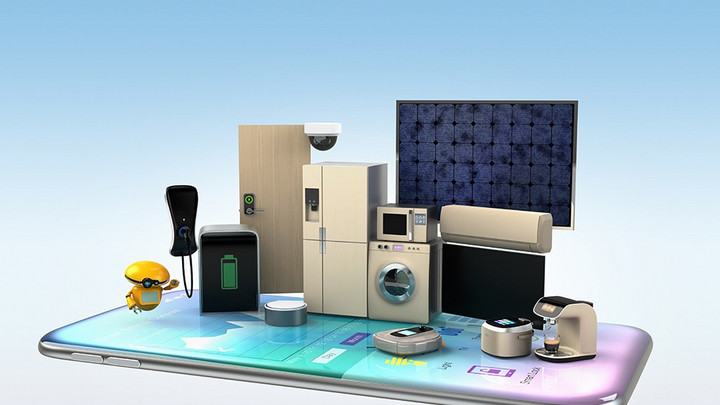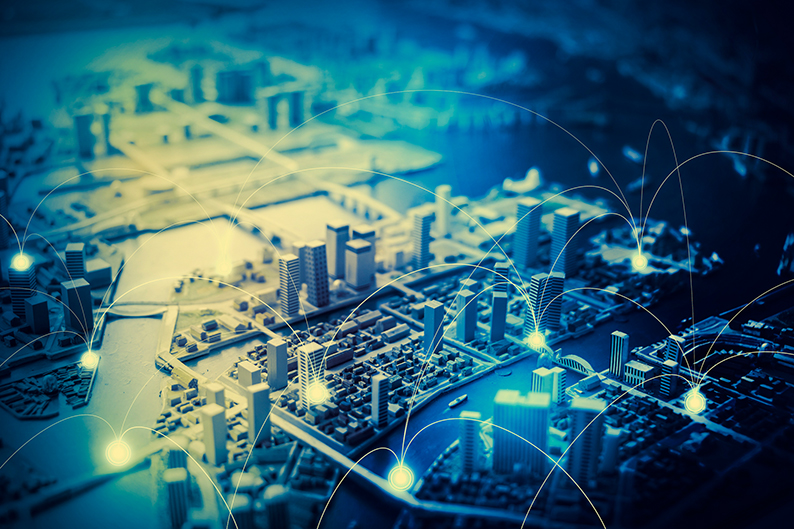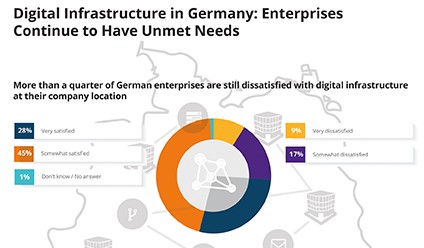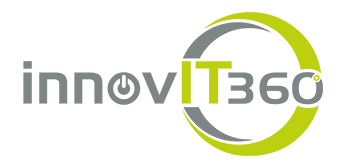IoT – Innovations, Obstacles & Trends
Frank Zachmann from innovIT360 explains the infrastructure challenges for developing the innovative power of the Internet of Things and offers a solution for the future of digital infrastructure.

© Chesky_W | istockphoto.com
Will the Internet of Things change the world for the better? Yes, undoubtedly!
But: Exactly when and how still depends on a myriad of influential factors.
And how can we as the telecom industry help bring good ideas to life?
This article selects just one single sample case of a B2C related aspect of the IoT, allowing us to explore how the innovations of modern technology face obstacles in their own right, and to helping us to identify what a solution might look like.
So what are we specifically looking at? Here we examine the case of the possibly often heard-of intelligent electricity power management at home. Or to pin it down even further: The intelligent washing machine, the intelligent power reader, and how the power supplier tries to create a balance of interests. Sounds interesting? Here is the story.
Creating a balance of interests with smart washing machines
Destatis.de tells us that 96.4 % of the 37.3 m households in Germany own a washing machine. That gives us a total of roughly 36 m washing machines. Given the power demand of about 1 kWh per run, this results in a total power demand for washing machines in Germany of about 4% of the overall German private power consumption (www.oeko.de). Based on an older set of statistics from 2006, that means about 140 kWh per household / year. Since then, power prices have increased from around 20 to almost 30 Ct./kWh. That means 42 Euro per household and 1.5 bn Euro in total. Quite a large number to get your head around.
But how does this relate to the above mentioned IoT? A lot. Modern machines can of course use better, higher efficient washing programs and bring the power consumption down.
Also, the washing temperatures can be reduced with some sort of linear effect on costs / efficiency. But what about the following simple maths?
Imagine that a modern intelligent power meter measures the power consumption in a private household and reads out the washing pattern. Imagine that this reader communicates both ways: It would be able to feed the power supplier with the exact demand for power in terms of when and how much power is needed.
We have come across some power providers who want to use this data and who would consider offering customers intelligent data tariffs (i.e. the smart grid concept that might help to steer power demand and prices in relation to real demand) to enable the potential of the Internet of Things to communicate in the other direction: If the power meter accepts the special – let’s call it a “washing tariff” – at night time, for example, it could signal the start of the next washing program to the machine. With the help of that interdependent connection between end-user and power supplier, a calculated 3-5% reduction of power prices could be leveraged due to better network efficiency. Again, 5% of 42 Euro per year may sound boring, but what about 5% of 1.5 bn. Euro = 75 m Euro? And we have not yet touched on any other aspect of better use of overall resources related to that.
So that sounds pretty simple and not a lot of brain-power is needed to get the concept running theoretically. Hooray to the blessings of the innovation. But what about the “obstacle” – the “o” in this interpretation of the Internet of Things (IoT)?
A recent talk with one senior analyst from one of the four big power providers in Germany caught this author’s attention, most specifically one comment: “(…) we simply don’t have the (technical) bandwidth”. When talking to him about the plethora of ideas doing the rounds in terms of new innovations enabled by technology, he told me about a research project they undertook to inform both a feasibility study and a rate card of innovations being pursued. Whilst many more good ideas than just the simple sample used here were being investigated, the power supplier learned about the theoretically simple but very important roadblock: the digital infrastructure. “We simply neither have the telecom bandwidth to transport the data nor are our data center capabilities sufficient to actually analyze the data,” the analyst said. Or to get more straight to the point: “With current capabilities we are not able to measure, transport and analyze more than 3 days of total customer data”. (!)
What a point… given the opportunities of new sensors and the ever-growing number of intelligent “things” in the IoT we will see in future, we just learned that there is not enough “backend” capability in networks and data centers. Again, this is one real case example of thousands of potential samples per day. Where does that take us?
Creating infrastructure to meet the demands of IoT
Here comes the “T” after the “innovation” and the “obstacles”. The trend for Edge computing and a change in the overall network thinking, which is needed to deal with not only this, but all aspects of quick data collection and consumption to come (analytics and subsequent reaction). All of this needs to take place in a distributed manner, to neither be transported over long distance networks nor to be processed in dedicated central data centers.
Casting our eyes ahead to another story (the full story will follow in June’s edition of dotmagazine): A recent study on connected autonomous driving concluded that to handle the critical data volumes efficiently, some sort of a data handling unit would need to be installed within no more than a 15 km radius. Applying this to our sample case as well as to our general discussion, this would mean: we have to bring the network to the data, not vice versa. And network means both high volume data networks like 5G and fiber for data transport, as well as distributed micro data centers for data processing.
innovIT360 is working on exactly this matter, talking to both real estate owners and the power industry concerning how this can be achieved in the most efficient manner. Why shouldn’t multi-tenant real estate developments carry their own small micro data center and function as a central processing resource in the “IoT grid”? An intelligent DC as a service, which could run analytics of power demand, telecommunications, and cloud hub for other central services and others? We envision this to be a central trend of the so called “Edge”: we bring the network and the processing power to the data. In order to get over the “O” in the IoT – making IT work.
Please note: The opinions expressed in Industry Insights published by dotmagazine are the author’s own and do not reflect the view of the publisher, eco – Association of the Internet Industry.





